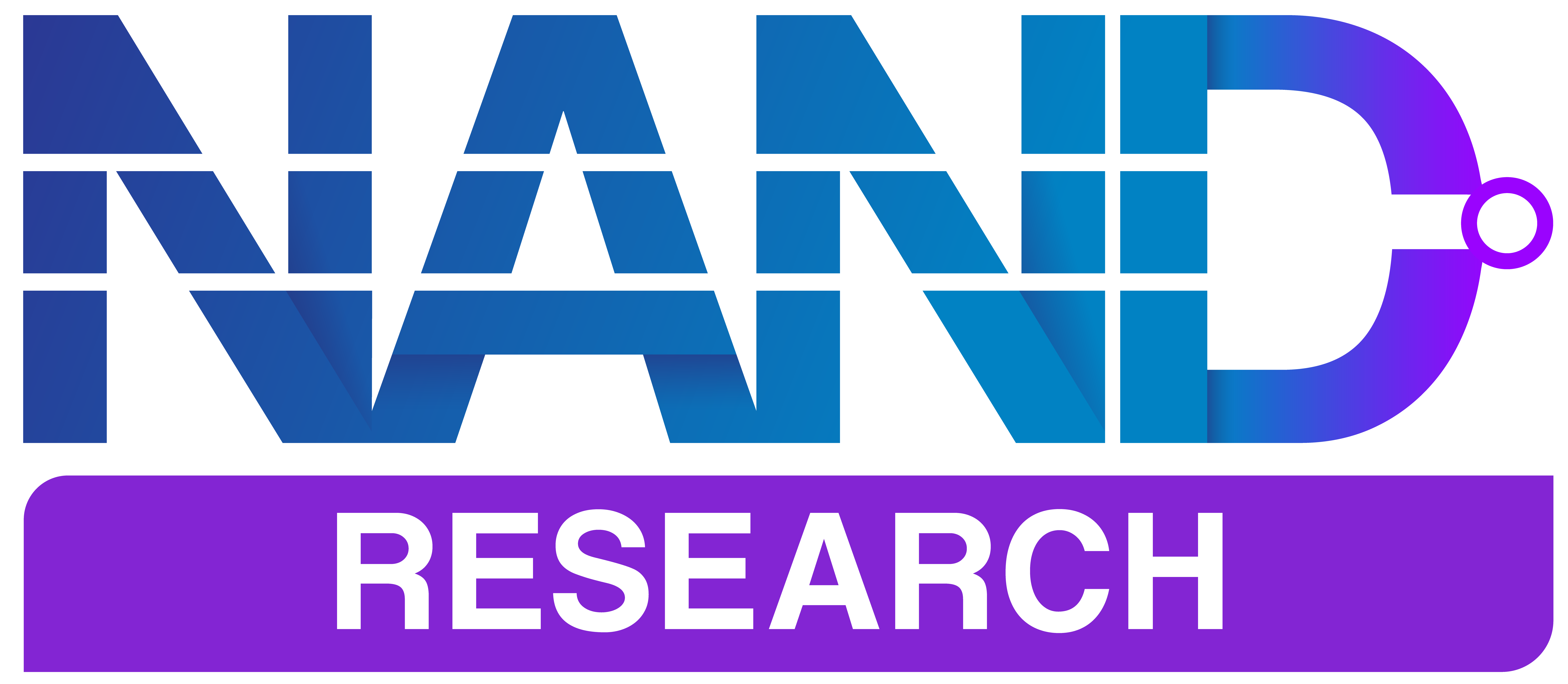Cisco recently introduced its Cisco AI Defense, its new enterprise security solution to address the growing risks associated with AI adoption in multi-cloud and multi-model environments.
The new solution integrates into the Cisco Security Cloud and leverages network-level enforcement, telemetry, and AI-driven validation to protect AI applications at all lifecycle stages. AI Defense addresses both end-user access security and the secure development and deployment of AI applications, offering a consolidated approach to enterprise AI security.
Cisco AI Defense
AI Defense consists of four core components that provide visibility, validation, and enforcement across AI application usage and deployment:
- AI Access Management
- Identifies and monitors AI-enabled applications used within an organization.
- Assesses risk severity associated with shadow AI applications.
- Enforces granular policies to restrict access to unsanctioned AI tools and prevent data leakage.
- AI Cloud Visibility
- Provides telemetry across multi-cloud environments to track AI application usage.
- Detects unauthorized AI workloads and data exchanges across private and public clouds.
- Integrates with Cisco Talos threat intelligence for real-time security assessments.
- AI Model & Application Validation
- Uses AI-driven red teaming to perform automated vulnerability testing on models.
- Identifies and mitigates risks such as prompt injection, model drift, and unintended outputs.
- Monitors model behavior and enforces security controls based on runtime performance.
- AI Runtime Protection
- Applies continuous validation mechanisms to protect AI applications in production.
- Detects adversarial attacks, unauthorized modifications, and data poisoning attempts.
- Embeds AI security enforcement at the network level, leveraging Cisco’s infrastructure.
AI Defense is built on Cisco’s networking and security infrastructure, utilizing its broad enforcement capabilities:
- Cisco Security Cloud Integration: AI Defense is embedded within Cisco’s unified security platform, enabling consistent policy enforcement across distributed environments.
- AI Firewall: Adapted from Cisco’s acquisition of Robust Intelligence, the AI Firewall applies behavioral analysis and anomaly detection to AI model interactions.
- Scale AI-Powered Detection Models: AI Defense incorporates AI-driven pattern recognition for threat identification and model validation.
- Network-Level Enforcement: Security measures are deployed across existing Cisco network security infrastructure, ensuring broad and scalable protection.
Analysis
Cisco AI Defense directly addresses enterprise concerns around AI security, an emerging priority as organizations accelerate AI adoption. The solution differentiates itself through:
- Network-Integrated AI Security: Cisco’s ability to enforce AI security policies at the network level contrasts with competing AI security solutions that focus only on application-layer protections.
- Comprehensive Model and Application Protection: AI Defense spans AI application discovery, validation, and runtime security.
- Competitive Positioning: While security vendors like Palo Alto Networks and CrowdStrike have AI-enhanced security offerings, they primarily focus on AI-driven threat detection .
Competing cybersecurity players such as Palo Alto Networks, CrowdStrike, and Microsoft have AI-driven security tools, while Cisco’s end-to-end AI protection — spanning model validation, runtime security, and AI firewalling — gives it solid differentiation.
Cisco’s advantage lies in its ability to enforce AI security at the network level, whereas competitors focus on specific elements. For example, Microsoft and IBM dominate AI governance but lack runtime AI security. Palo Alto Networks and CrowdStrike provide strong AI-driven cybersecurity, but not direct AI model security. Cisco’s unique approach to AI Defense integrates network-level AI security with model validation and runtime protection. Cisco is one of the few vendors securing AI models and applications.
The solution addresses enterprise concerns about AI risk exposure, strengthening Cisco’s position in AI security while reinforcing its broader Security Cloud strategy. However, competition in this space will intensify as other security vendors develop AI-specific protections, making execution and integration with existing security stacks critical for Cisco’s long-term success.
Competitive Analysis & Advice to IT Buyers
These sections are only available to NAND Research clients. Please reach out to [email protected] to learn more.





